
Vietnam currently has about 200,000 hectares of coconut growing area, mostly concentrated in the Mekong Delta - Photo: VGP/Do Huong
These days, in An Thanh and Cu Lao Dung communes ( Can Tho city), traders from neighboring provinces are busy buying coconuts, creating a bustling atmosphere. People are excited when the price of dried coconuts reaches a record level of 130,000 - 160,000 VND/dozen (12 fruits), 3-4 times higher than previous years.
According to Mr. Ha Thai Phin, Head of the Economic Department of Cu Lao Dung Commune, the record high price of coconuts helps each hectare of coconuts bring in a profit of 20-30 million VND/harvest. The main reason is that market demand has increased, while supply has decreased. Currently, most of the coconuts harvested locally are brought by traders to Vinh Long for processing and export.
In parallel, credit programs are being implemented to support farmers in sustainable development. Agribank in the Southwest region, in coordination with the Department of Agriculture and Environment of Can Tho City and the Vietnam Coconut Association, is piloting a loan program for the coconut industry chain, covering nearly 3,000 hectares in Cu Lao Dung and An Thanh. Participating farmers, cooperatives, and businesses will receive capital support, technical training, and tree care according to organic standards and quality transparency.
Can Tho City currently has nearly 12,500 hectares of coconut, with an annual output of about 95,000 tons. However, most of the area is still small and intercropped with fruit trees, so productivity is not high. The sharp increase in coconut prices and the participation of the government, businesses and banks are opening up opportunities to form a sustainable coconut value chain, increase farmers' income and make coconut a key product of the Mekong Delta.
Not only Can Tho, Vietnam currently has about 200,000 hectares of coconut growing area, mostly concentrated in the Mekong Delta - especially Ben Tre, which is known as the "coconut land". The coconut industry has been included in the list of 6 key industrial crops by 2030, with the goal of achieving 30% of the area according to VietGAP standards and clear traceability.
According to agricultural statistics, a decade ago, Vietnam's coconut export revenue was only about 180 million USD in 2010. However, by 2023, the figure had skyrocketed to 900 million USD, and is expected to surpass the 1 billion USD mark in 2024 - marking an important economic turning point in Vietnam's agricultural sector.
In August 2024, Vietnam and China signed the first fresh coconut export protocol, opening the door to a market of more than 1.4 billion people. China consumes about 4 billion coconuts each year, of which 2.6 billion are fresh coconuts - a "huge" number compared to domestic capacity. It is expected that in 2024, the export value of fresh coconuts to China could reach 250 million USD, accounting for about 25% of the total export turnover of the coconut industry.
Not only China, Vietnamese coconuts are dominating demanding markets such as the US, EU, Japan, Korea and Canada. With superior quality – coconut meat and coconut water content 5% higher than the global average – Vietnam is rising to the top position in coconut exports, ranking 4th in the region. Asia-Pacific region and 5th globally.
Infrastructure – technology – connectivity: The foundation for development
The coconut tree is a multi-purpose tree, from the fruit (water, pulp, oil), shell (fiber, activated carbon), trunk, leaves to coconut shells for handicrafts and interior products. Furthermore, according to research, each hectare of coconut plantation can absorb 70–75 tons of CO₂ per year – in line with Vietnam’s goal of achieving Net-Zero by 2050 and global green economic trends, such as carbon credits.
Despite increasing investment in factories and processing plants, many businesses are still facing difficulties due to a shortage of raw coconuts, causing their capacity to only reach 10-15%, or even forcing them to temporarily close. Regulations to protect domestic raw material sources with taxes or tariff barriers such as Indonesia imposing an 80% export tax on dry coconuts from 2025 are a reference direction to protect the domestic production chain.
Coconut cultivation has become a major source of income for nearly 390,000 households in the Mekong Delta. Many farmers have switched from inefficient rice cultivation to coconut, helping to improve sustainable livelihoods and reduce pressure on monocrop production. Ben Tre is expected to contribute up to US$500 million to coconut exports by 2024 – more than 50% of the country’s total.
In December 2024, the first international coconut industry conference in Vietnam - CocoNext 2024 - was held in Ben Tre, gathering more than 200 delegates from many leading coconut countries such as the Philippines, Indonesia, Malaysia, and India. The theme revolved around 3 main pillars: Sustainable Development Strategy, Innovation & Technology for Value Creation, and The Future of Coconut Business. The conference affirmed that Vietnam is not only the country with the 5th largest coconut growing area in the world, but also the 4th largest coconut exporter in Asia - Pacific and holds the 4th position in global transaction value.
According to experts, the Vietnamese coconut industry needs to continue building a value chain from root to tip, applying science and technology and digital transformation. The assignment of planting area codes and packaging facility codes for traceability is emphasized in the context of combating trade fraud and complying with export standards.
The Ministry of Agriculture and Environment said that Vietnam's coconut industry is not only growing in export numbers but is also transforming in a sustainable, creative and strategic direction: Converting plantations to VietGAP, organic and traceable; Investing in deep processing technology, creating high value-added products; Building a national brand, participating in the global value chain; Adapting to climate change with the multi-purpose benefits of coconut trees and the ability to resist saltwater intrusion.
Vietnam’s coconut industry is in its golden age. From a small traditional industry, abundant supply and policy support have turned coconut into a potential billion-dollar export industry. However, to make a breakthrough, the industry needs to focus on building a sustainable value chain, controlling raw material sources, improving quality, accelerating technological innovation and creating a close link between farmers – businesses – government. At that time, Vietnamese coconut trees will not only be a source of economic income, but also a symbol of modern, green and self-reliant agricultural development.
Do Huong
Source: https://baochinhphu.vn/su-troi-day-manh-me-cua-nganh-dua-viet-nam-102250820154520309.htm


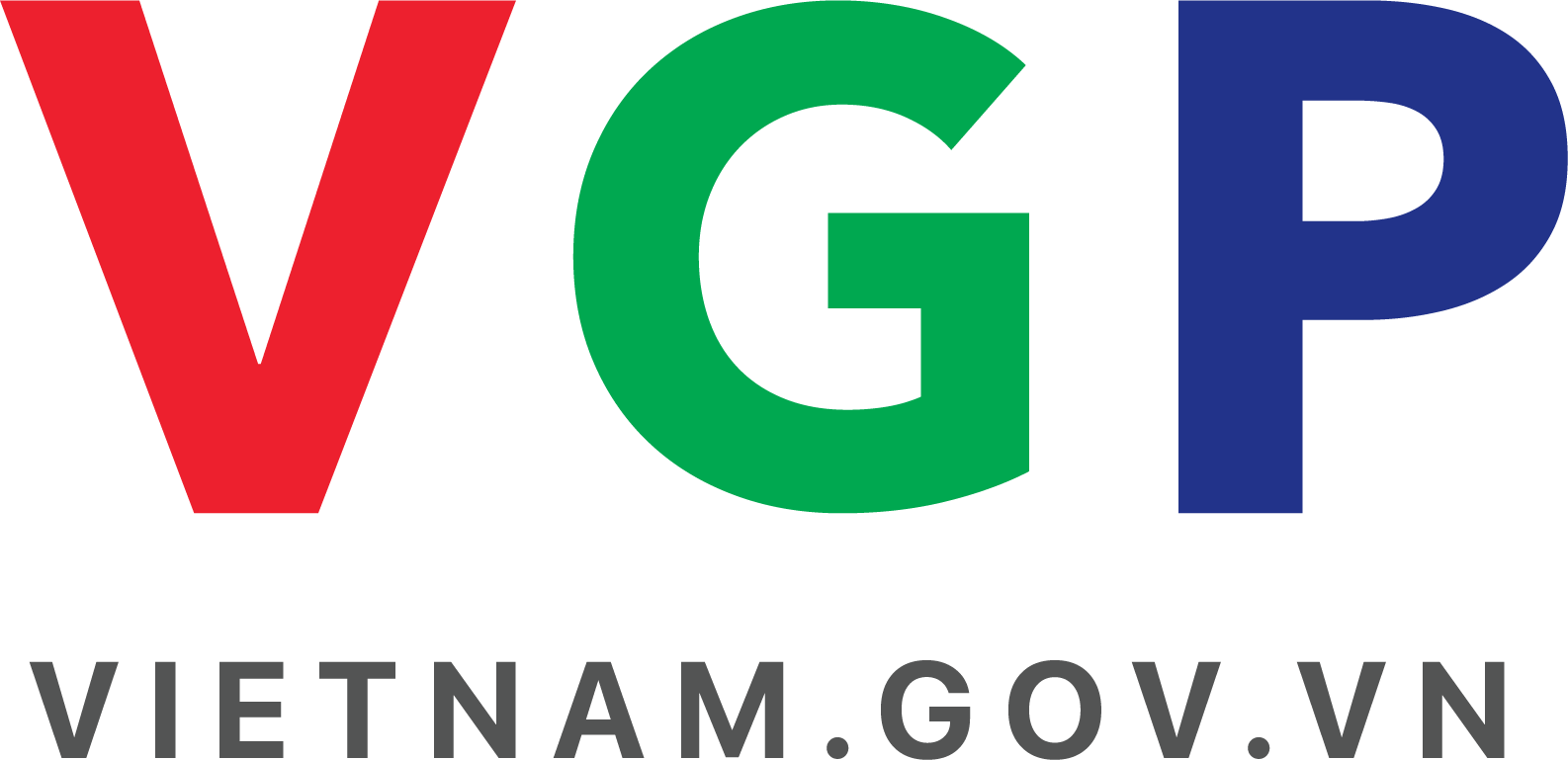





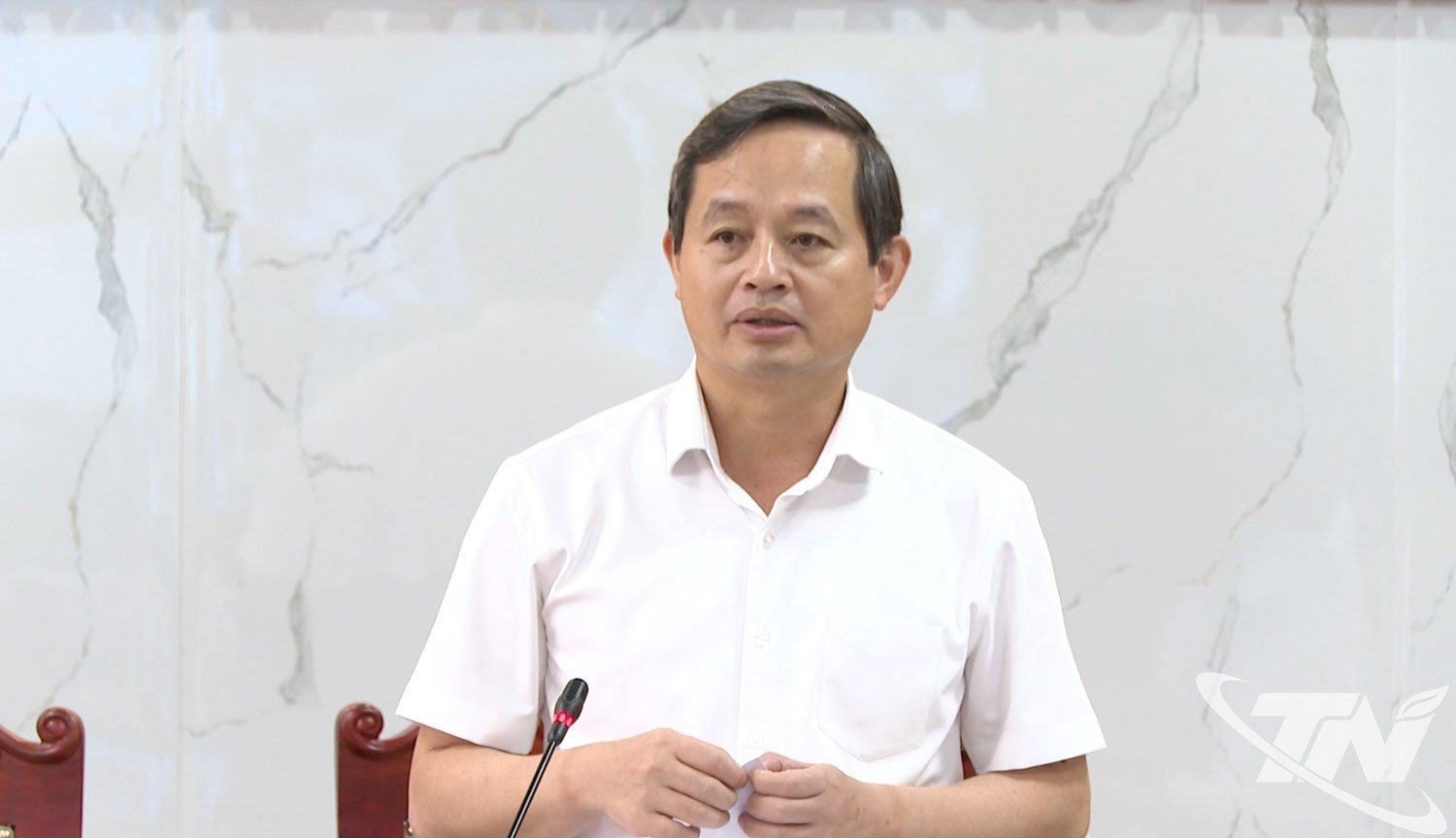
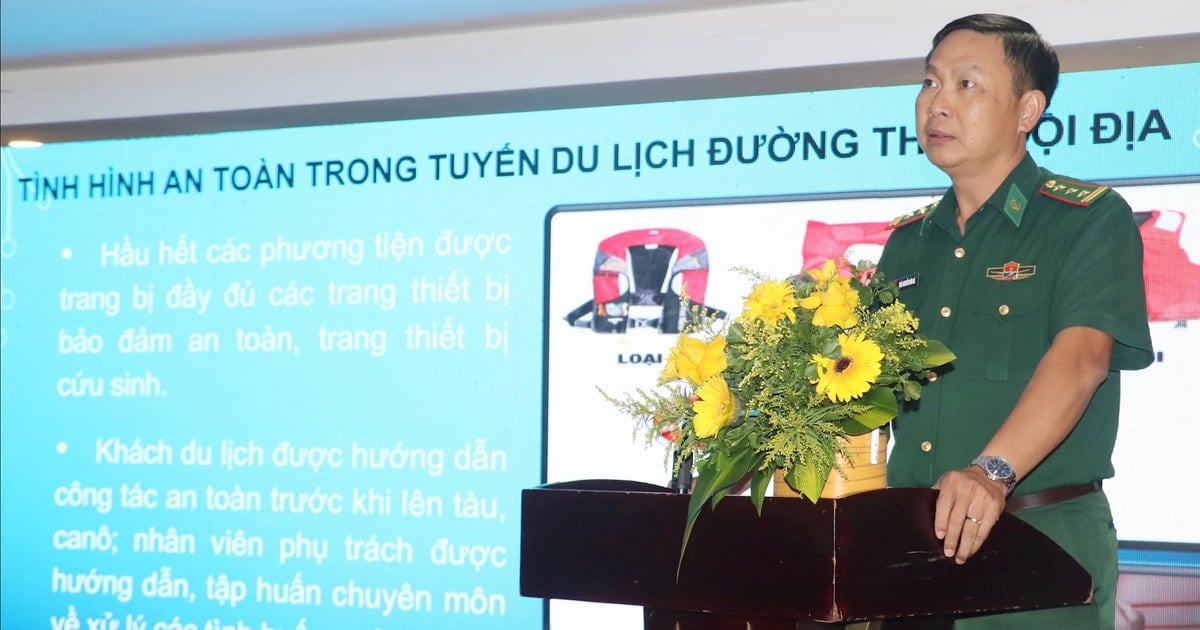

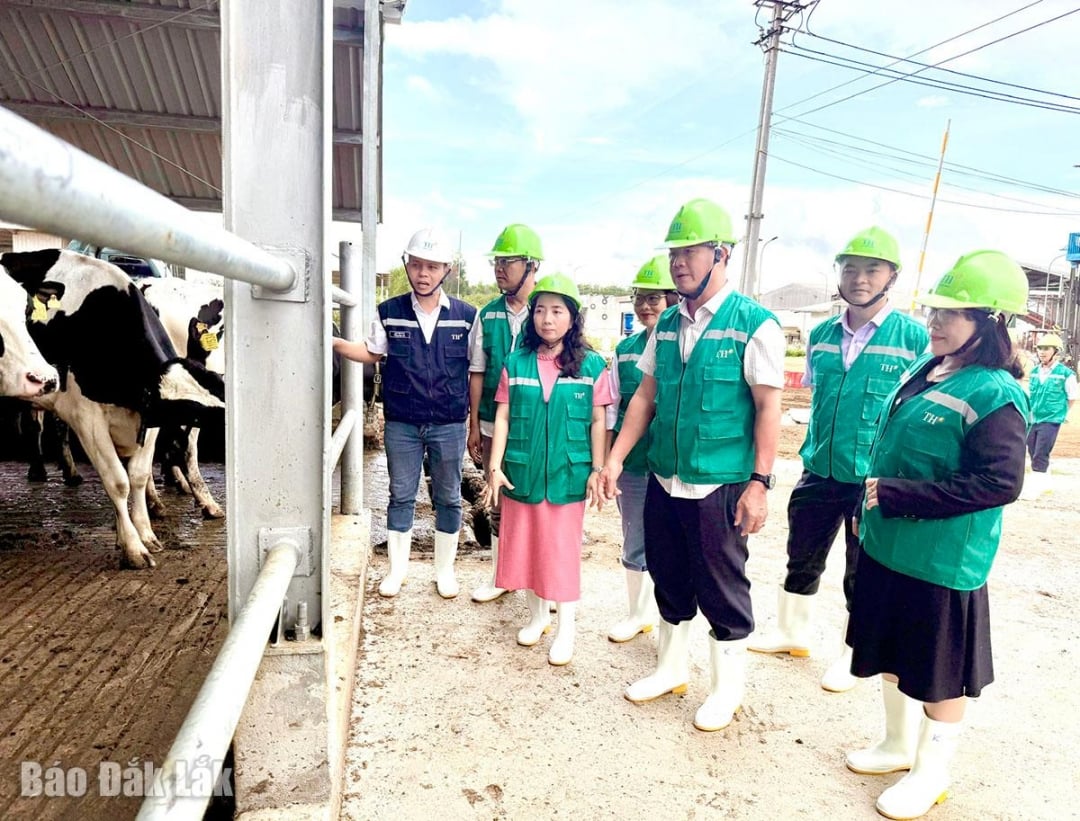











![[Photo] Politburo works with Standing Committees of Lang Son and Bac Ninh Provincial Party Committees](https://vstatic.vietnam.vn/vietnam/resource/IMAGE/2025/8/20/0666629afb39421d8e1bd8922a0537e6)




![[Photo] Prime Minister Pham Minh Chinh receives Australian Foreign Minister Penny Wong](https://vstatic.vietnam.vn/vietnam/resource/IMAGE/2025/8/20/f5d413a946444bd2be288d6b700afc33)

![[Photo] An Phu intersection project connecting Ho Chi Minh City-Long Thanh-Dau Giay expressway behind schedule](https://vstatic.vietnam.vn/vietnam/resource/IMAGE/2025/8/21/1ad80e9dd8944150bb72e6c49ecc7e08)






























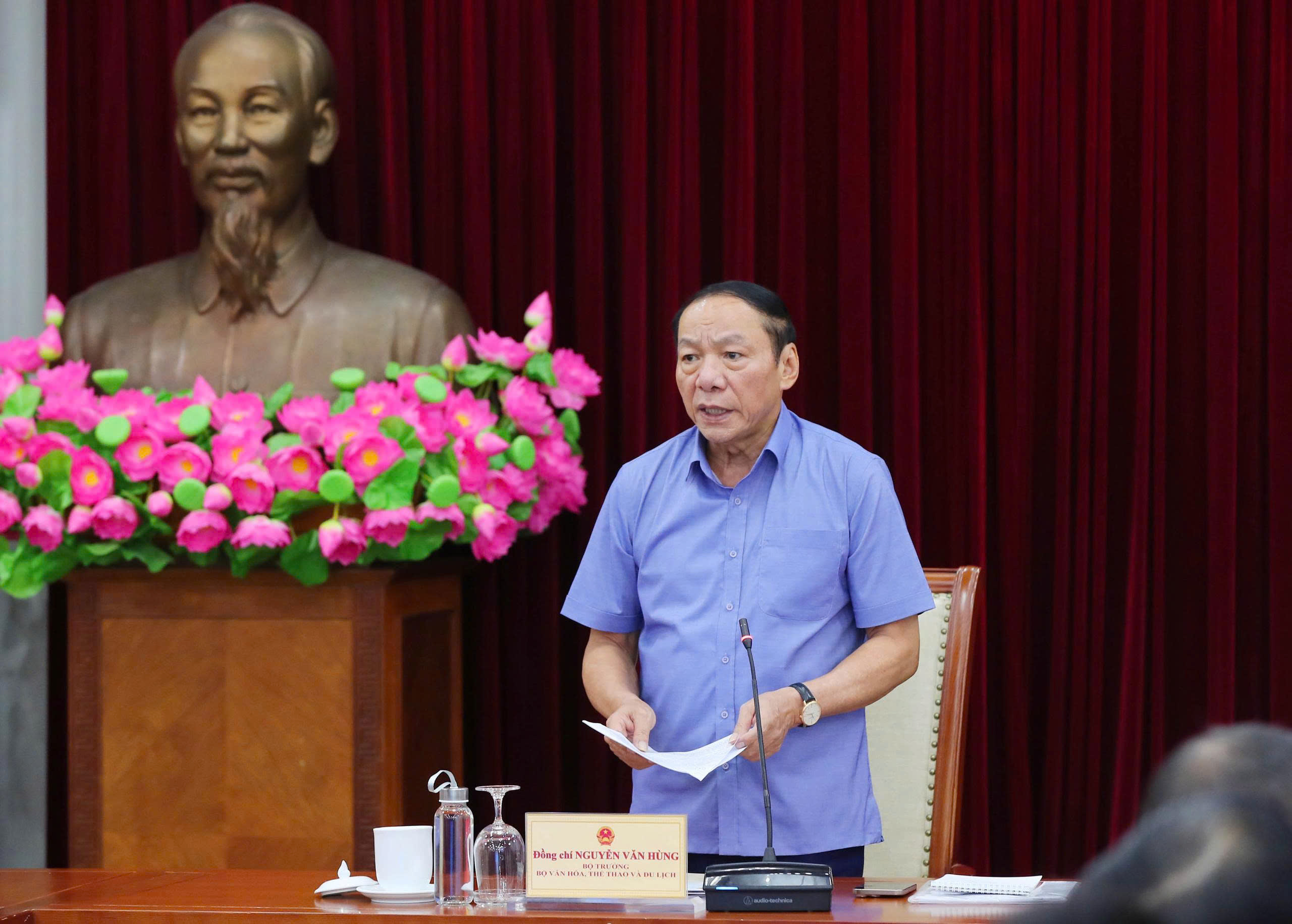



































Comment (0)